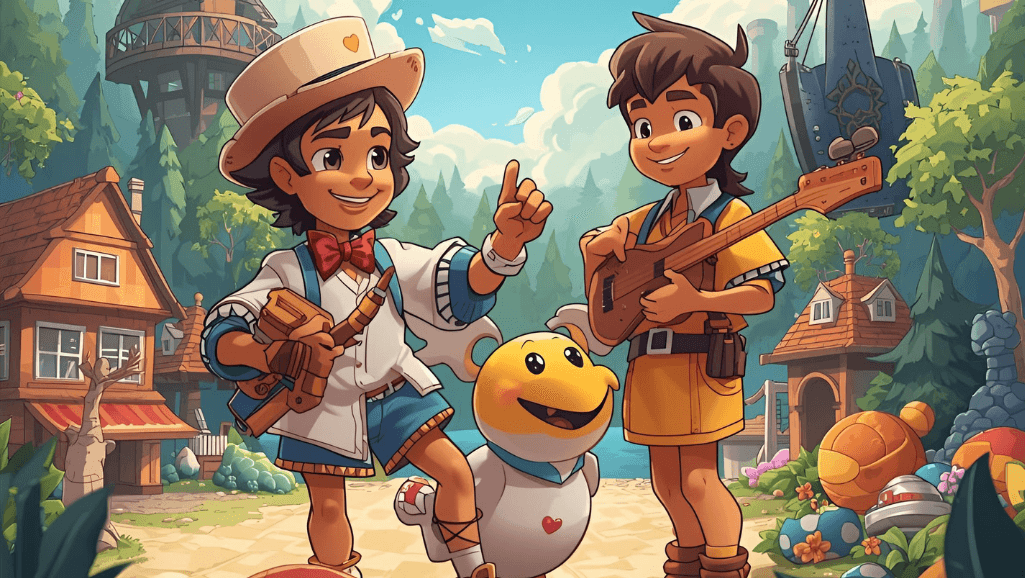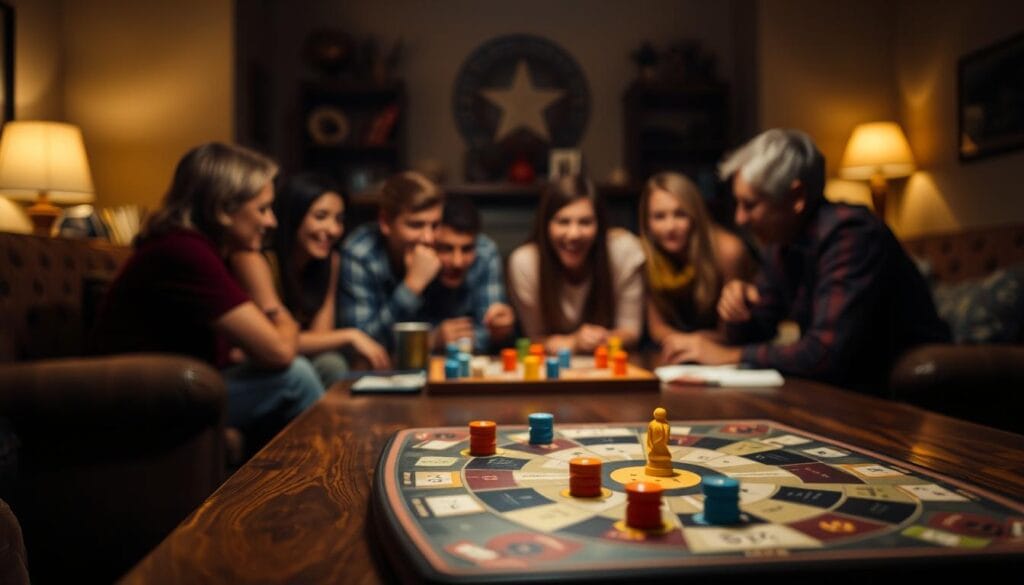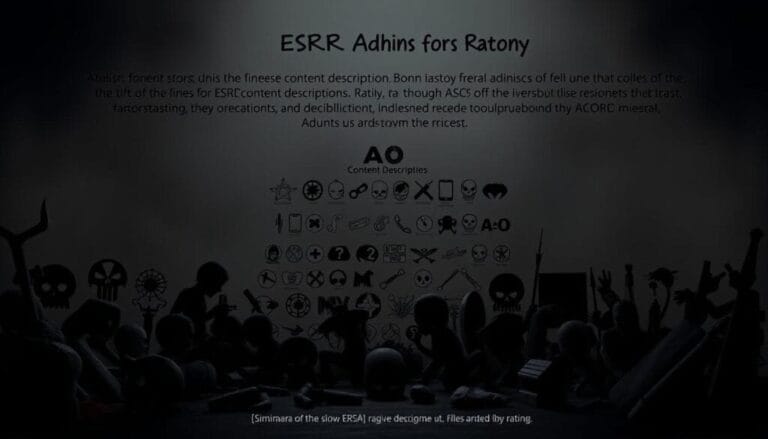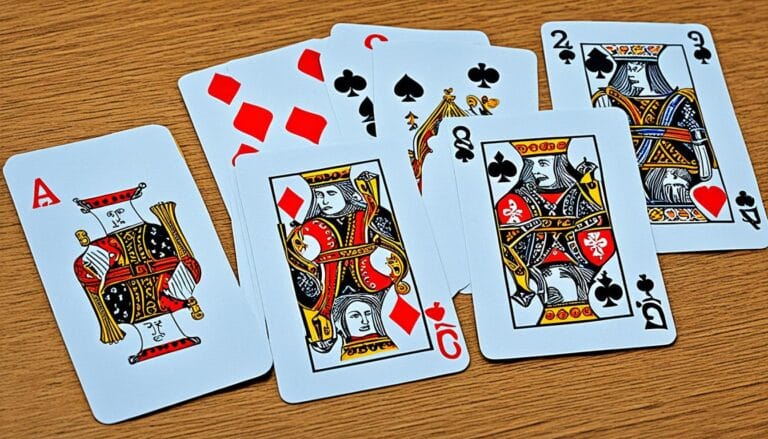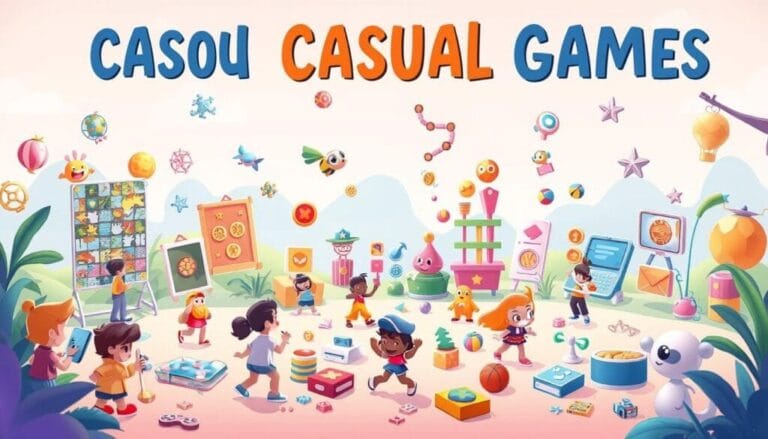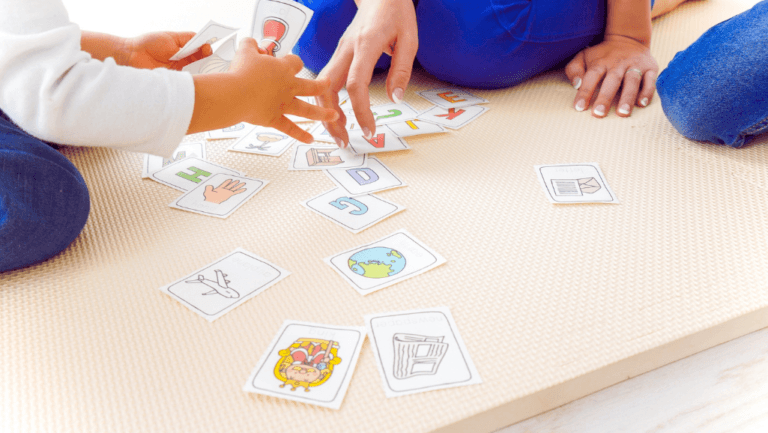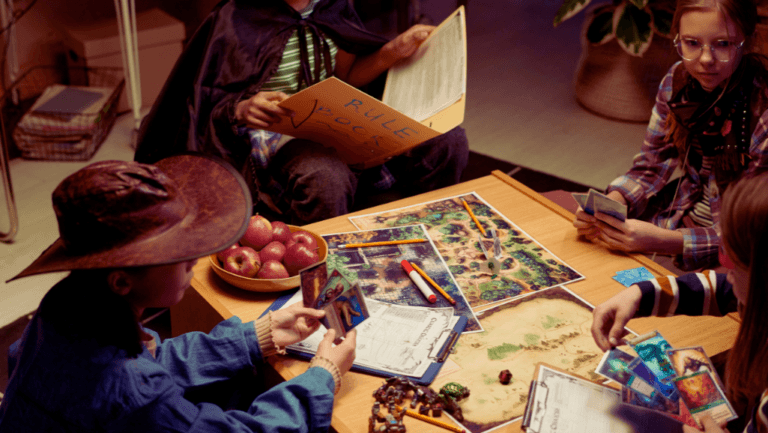Step into a lively party trick that tests listening and rhythm. A single snapper encodes a secret name one letter at a time while receivers count snaps and note statements. This simple setup needs at least two people and no props.
Consonants come with short statements that begin with the target letter. Vowels are shown by counted snaps: A=1, E=2, I=3, O=4, U=5. There is no cue for spaces, which adds mystery.
Before each round, the snapper says either “Snaps IS the name of the game” or “Snaps ISN’T the name of the game.” That opening tells receivers whether a direct spelling or a clue is coming. Receivers may write letters down and should keep steady rhythm.
Expect a fast, social flow. Familiar examples like George Washington or Britney Spears help groups sync and guess with confidence.
Key Takeaways
- How to Play the Game Snaps.
- One snapper encodes; others decode by listening and counting.
- Statements = consonants; snaps = vowels.
- At least two people make the round work well.
- Opening phrase signals direct name or a clue.
- No space indicator adds a fun puzzle element.
What Snaps Is and Why It’s a Hit Right Now
This modern party trick blends performance and deduction into a brief, exciting round. The snaps name game asks one person to encode a target while others listen, count, and guess. It’s easy to learn and loud on fun.
Why it’s trending: No gear is needed, rules scale from small groups to parties, and rounds move fast. Choosing a celebrity or beloved character helps everyone connect and boosts early wins for new players.
- Callout cues let know the format: say “Snaps IS…” for a direct name and “Snaps ISN’T…” when giving a clue, so the clue receiver can adjust.
- Rotation keeps energy fresh as each snapper adds style and rhythm.
- It’s screen-free and inclusive, perfect for icebreakers, reunions, and team nights.
As people gain rhythm, letters land faster and laughter grows. Learn one round and you’ll want to play snaps again and again.
How to play the game snaps
Start by naming who will encode and who will listen; clear roles keep rounds sharp and fun. You need at least two people: one snapper and one or more receivers. Agree on the format before any letters are sent.
Players and roles
The snapper encodes a chosen name. Receivers count and write letters. Make sure everyone knows who is responsible for guessing.
Set the stage
Before any statement or snap, the snapper says either “Snaps IS the name of the game” or “Snaps ISN’T the name of the game”. That cue tells receivers whether they’ll get a direct name or a clue name.
Consonants and vowels
Consonants come in short snapper statements. Start the sentence with the target first letter, like “Get ready” for G.
Vowels are counted with finger snaps: one snap for A, two for E, three for I, four snaps for O, and five snaps for U.
Flow and rotation
Keep a steady beat and pause briefly between names since there’s no space signal. Let receiver know if you will repeat a segment.
- Rotate the snapper after each round so every person can be the encoder.
- Make sure the opening cue is clear to avoid misreads.
Snaps name game in action: examples that spell a celebrity or clue
This section walks through real rounds so listeners can see spelling and clue tactics in action.
Direct name example: step-by-step spelling
Begin with a clear opener: say the cue that signals a direct name, then encode each letter. For “George Washington,” start with a bold consonant line like “Get ready” for G.
Follow with two snaps for E, four snaps for O, then short statements for R, G, H, and so on. Keep each statement crisp and on-beat so every letter arrives cleanly.
Clue name example: encode a clue
Announce “Snaps ISN’T” and spell a clue such as “the Godfather.” Receivers should decode that clue and guess Marlon Brando. Use counted snaps for vowels and brief statements for consonants.
Handling tricky letters and spacing
“Pause slightly between adjacent vowels and repeat a lost letter.”
- Pause between double vowels (e.g., two snaps, short gap, one snap).
- Use emphatic snapper statements for tricky consonants.
- There is no space indicator; add a micro-pause so a receiver can separate first name and last name.
Tips, strategy, and common mistakes to avoid
Quick, clear delivery wins rounds and keeps everyone engaged. Aim for short sentences and steady tempo so each letter lands cleanly. This helps the clue receiver register snap counts and consonant statements without guessing.
Make statements short, clear, and on-beat
Keep statements punchy. Use simple phrases that start with the target consonant. That way a listener can note the letter without parsing extra words.
Pace, pauses, and practice
Give a slight pause between letters, especially when vowels sit next to each other. Let receiver know you will repeat a missed segment rather than rush forward.
- Keep rhythm steady: consistent tempo helps everyone follow.
- Write it down: receivers who jot letters save time and reduce errors.
- Rotate often: even two people can switch roles to sharpen skills.
- Start simple: choose familiar names before tackling odd initials.
“Pause slightly between adjacent vowels and repeat a lost letter.”
Know your games: Snaps vs. Celebrity Snap vs. the card game Snap
Pick the right format for the energy you want. The snaps name game uses statements for consonants and finger snaps for vowels to encode a name person one letter at a time.
Snaps name game vs. party Celebrity Snap
One is rhythmic and precise; the other is conversational. In the name game you often select a name famous person or a recognizable character and present each letter. Receivers must listen snapper and count snaps while noting brief statements snaps for consonants.
Celebrity Snap instead has players write celebrity names and give verbal clues. There is no letter encoding—players guess from hints and descriptions.
Not the same as the card Snap
The card game Snap uses a 52-card deck. Players flip cards, shout “Snap!” when top cards match, and may add piles to a central Snap Pot if calls tie. That version rewards quick visual reflexes, not clue craft or steady rhythm.
- Example contrast: encoding “Barack Obama” in the snaps name game vs. saying “former U.S. president” in Celebrity Snap vs. calling “Snap!” on matching jacks in the card game.
- Skills: listen snapper and timing for the name game; creative clues for Celebrity Snap; fast reflexes for card Snap.
- Choose by mood: clever collaboration for the name game, casual banter for Celebrity Snap, or family-friendly speed for the card version.
Conclusion
End on a crisp note: confirm the full spelling and pass the snapper role along. Use the opening cue — “Snaps IS” or “Snaps ISN’T” — so every person knows first what to expect.
Keep consonants as short statements and mark vowels with counts: one snap for A, four snaps for O, five snaps for U. Repeat any unclear segment. Accuracy matters more than speed.
With steady rhythm, a single example round turns hesitant players into eager participants. Invite a new name person and rotate roles often. Even two people can play snaps and enjoy quick, satisfying rounds.



